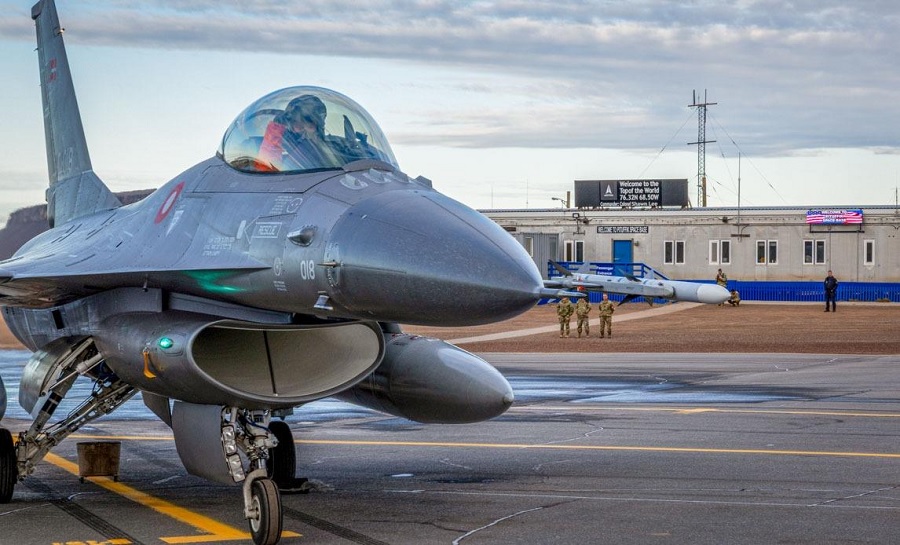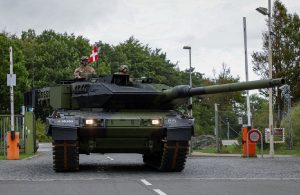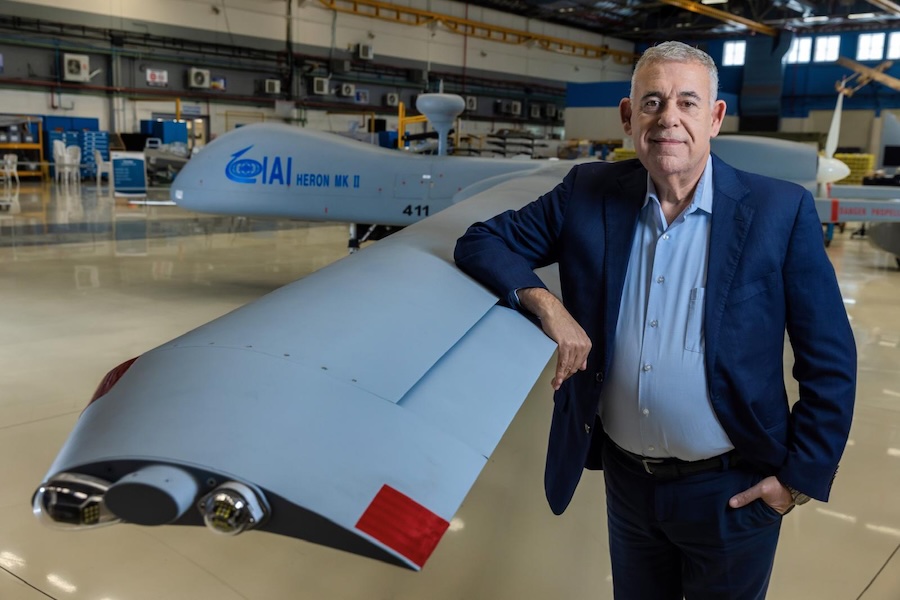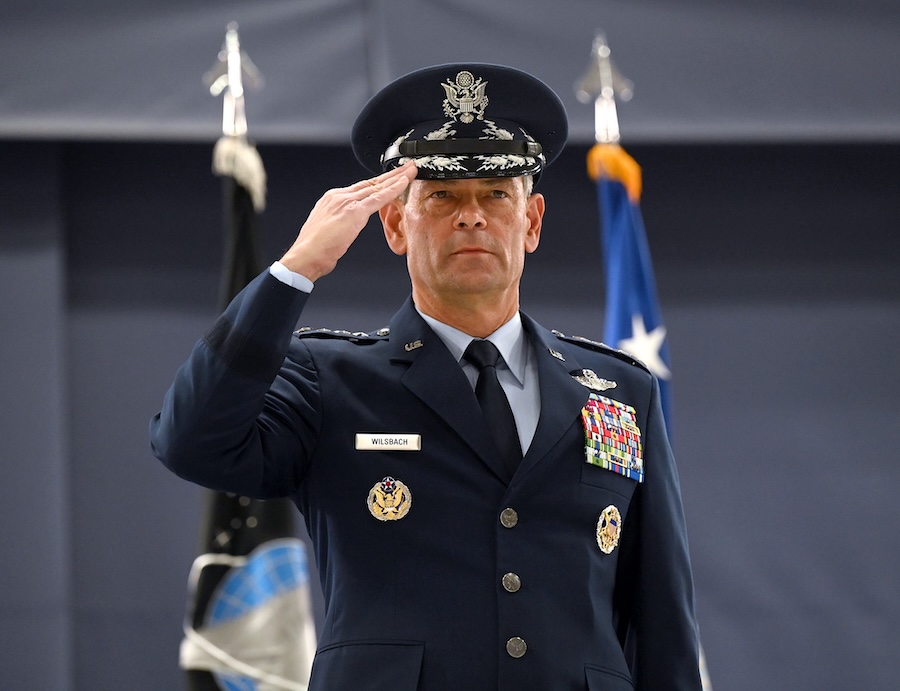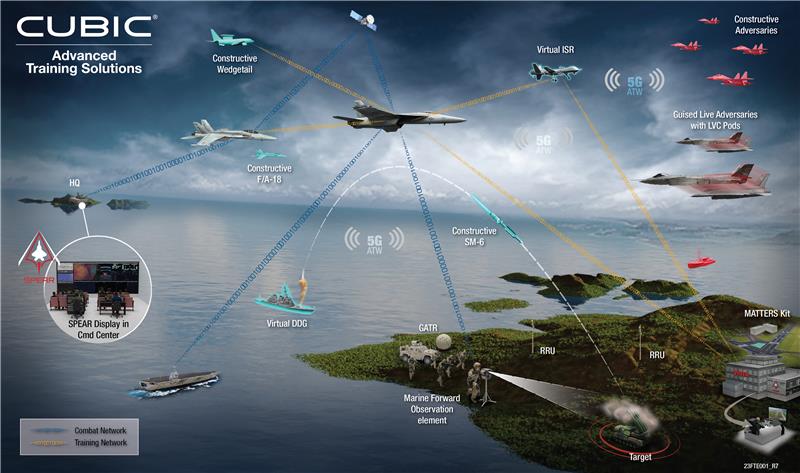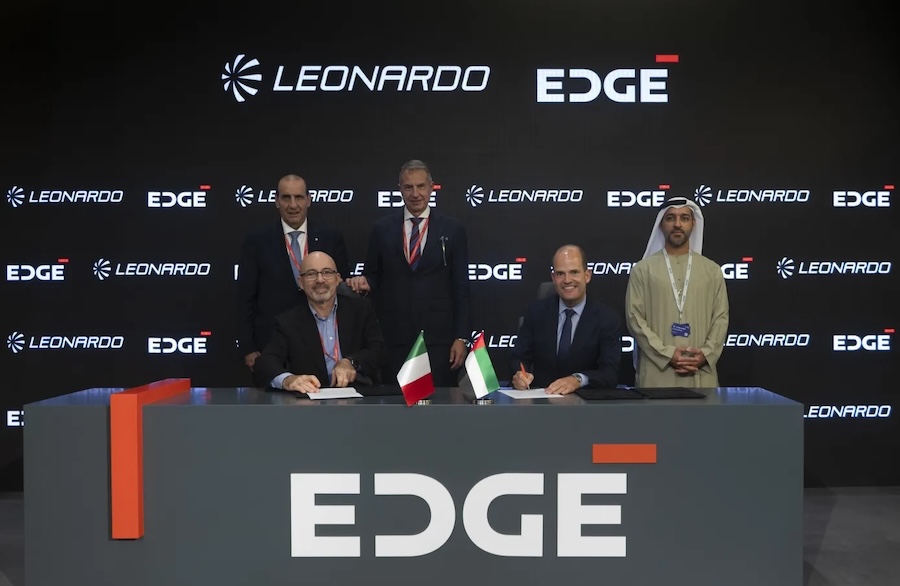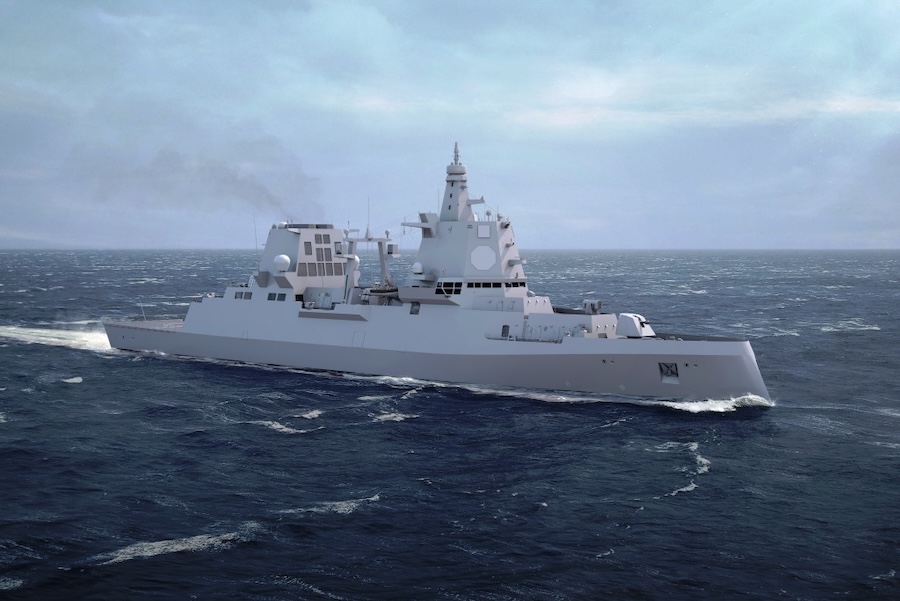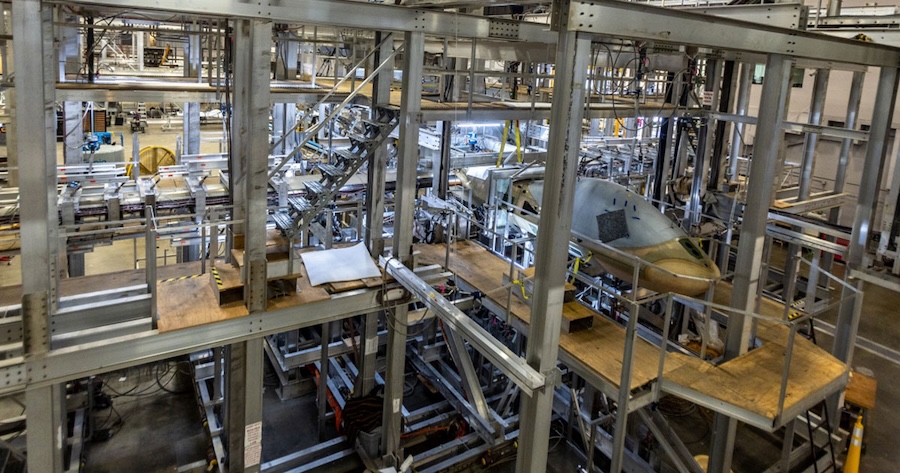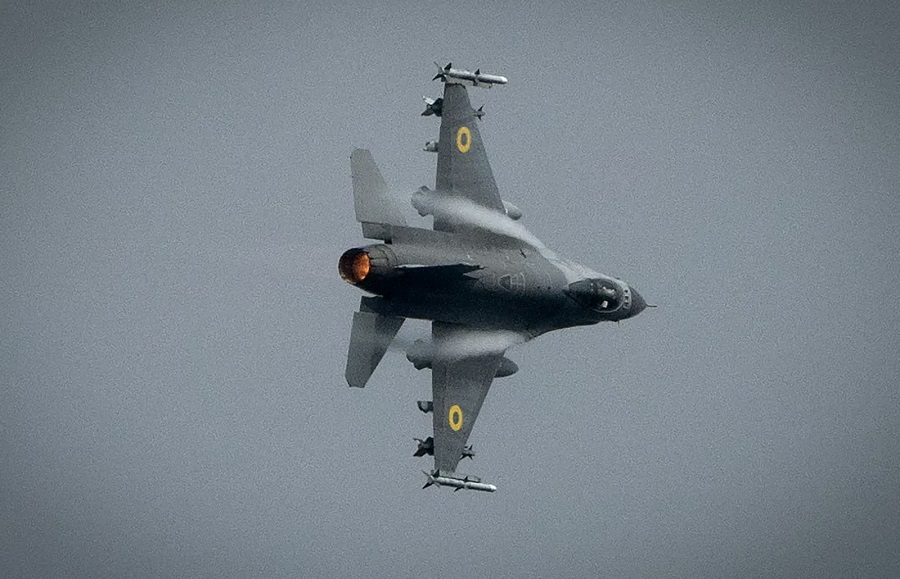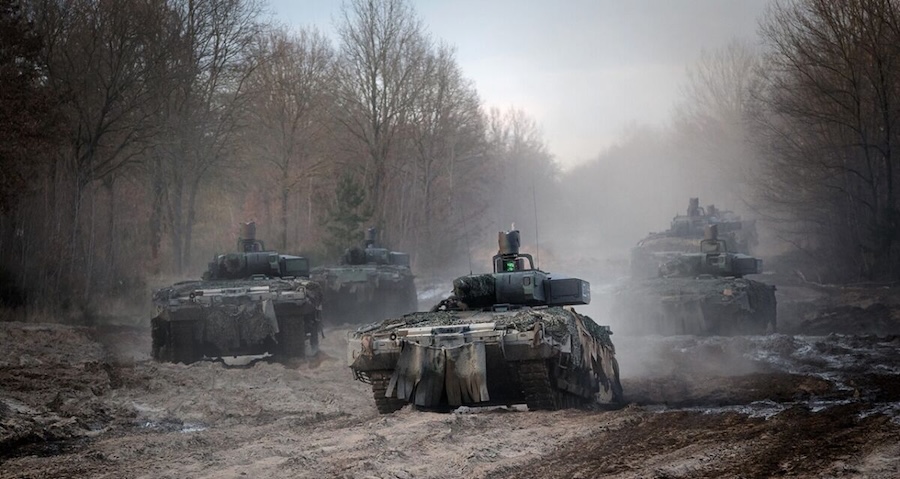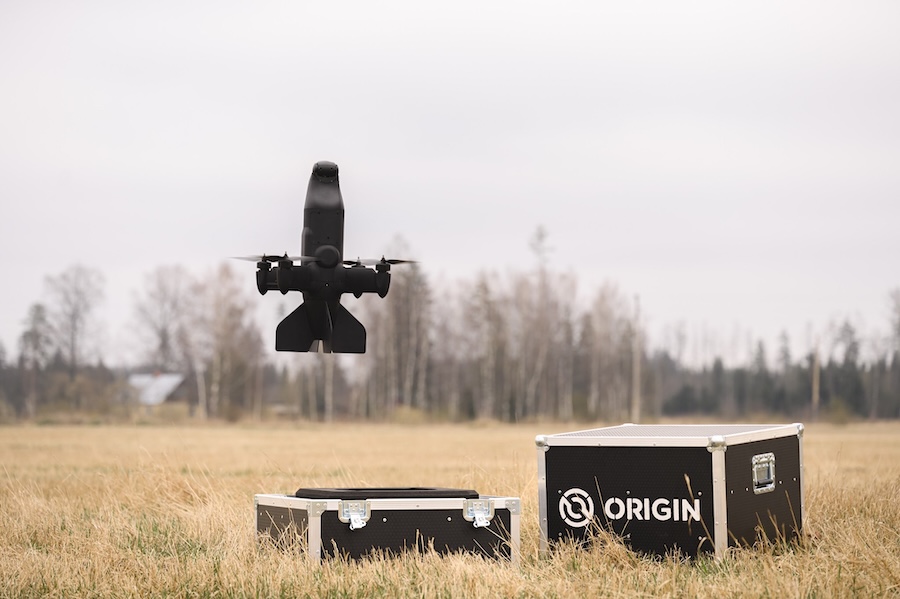Arctic Light combines naval, land, air and special forces components, with Denmark contributing the frigate HDMS Niels Juel, F-16 fighter aircraft, helicopters, transport aircraft and Home Guard units. France has deployed a naval vessel, a Multi Role Tanker Transport (MRTT) aircraft and mountain infantry equipped with drones, while Sweden, Norway and Germany are providing personnel, observers and logistical support.
Allied forces are conducting live-fire drills, special operations, sea-rescue exercises and cold-weather training to improve interoperability in demanding Arctic conditions. Danish F-16s are flying sorties from Kangerlussuaq and Pituffik Space Base, supported by air refuelling from a French MRTT aircraft, demonstrating Allied flexibility over vast distances.
“Operating in Greenland poses unique challenges,” the Allied Air Command statement noted, underlining the value of training advanced fighter aircraft under typical Arctic conditions. These operations provide experience critical to sustaining readiness in the High North.
Civil-military cooperation forms a key part of Arctic Light. Large-scale search and rescue drills off Greenland’s coast are testing coordination between military forces and Greenlandic authorities to improve preparedness for crises in the North Atlantic and Arctic region.
By training across air, land, sea and civil domains, Arctic Light 2025 reinforces NATO’s defensive posture and Denmark’s role as a frontline Ally in the High North.




